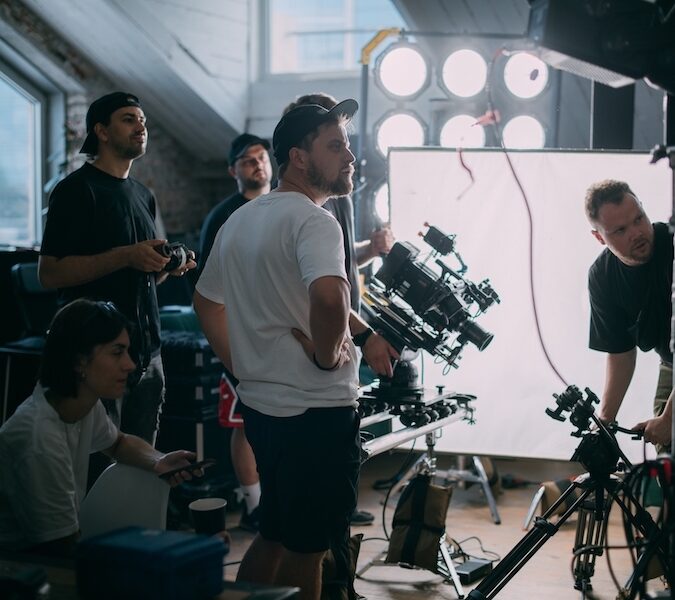
If we are what we watch, then we’re doing well. People have never had so much choice about what to watch nor ways to watch it, and the transformation is delivering power to people to be their own curators. Enabled by high speed broadband and the growth of personal devices, the global online video eco-system has experienced explosive growth. At the same time there has been continuous fragmentation of sources of content, as more and more that consumers want to watch finds its way online. It’s easy to forget that the iPad was only launched in 2010.
People complain that streaming online content is turning families into a bunch of individuals looking at their laptops. I like to compare our new viewing habits to how people read books. What’s happened is that video can now be a personal experience. Like a book, you choose when you want to dip into it. It’s about providing an option for how people use their “me time”. People are choosing several series and, like the stack of books on your bedside table, they might have a few on the go at the same time.
If the All Blacks are playing, half the country will watch. Streaming means the other half can watch something else.
The audience for content is global, but how they consume it is very local. People in Sydney, for example, often have long commutes on public transport. Catch a bus or a train and there will be lots of people watching on their phones and tablets. Here in New Zealand, people might want to access content at various points during the day – lunch break, on the treadmill at the gym, or whatever – not just once they get home. Then of course, there is the All Blacks effect. If the All Blacks are playing, half the country will be watching. But that means the other half want to watch something else – and these days they can.
 What’s next? Some major studios, or companies with content to offer (UK football clubs, for example) may begin to deliver their content directly to the public. Look at Twitch, the live streaming site for gamers. Twitch claims more than 900,000 unique broadcasters a month, 10,000 concurrent broadcasters and something like 45 million unique viewers a month, each watching, on average, 106 minutes of video every day. That’s 45 million people spending time watching other people game!
What’s next? Some major studios, or companies with content to offer (UK football clubs, for example) may begin to deliver their content directly to the public. Look at Twitch, the live streaming site for gamers. Twitch claims more than 900,000 unique broadcasters a month, 10,000 concurrent broadcasters and something like 45 million unique viewers a month, each watching, on average, 106 minutes of video every day. That’s 45 million people spending time watching other people game!
In order to succeed, anyone in this space has to evolve fast.
It’s still early days at Lightbox and we are still developing our strategy, but what we know is that online video has seen exponential growth every year and alongside that is the continued explosion in choice for the devices to watch it.
Our job is to know what New Zealanders want and make it easy for our customers to find and watch content they like. In 2014, YouTube touted the “hero, hub and hygiene” pillars to online video content, and we have applied the same three-pronged approach to our content strategy. We aim to provide hero shows (e.g. Mr Robot), hub content (Twin Peaks or The X Files), and hygiene (The Wiggles or Dance Moms, a reality show about mothers who argue a lot and their daughters who dance).
These days, no venture can ever expect to be alone in the online video content ecosystem. Consumers will never again want just one service. Instead, they expect to be able to choose from a suite of services and they will pick based on the type of household they are and the individual tastes in their household. If we get the content selection right, Lightbox will be one of them – and that’s fine.
There are still some frustrating technology problems that content providers can’t do much about. For example, manufacturers of smart TVs have not agreed standards for how people can access online content. That means different brands of connected TVs work differently – and that’s a barrier.
If I am hanging out with friends and want to share online video content, I don’t want to be fiddling around with cords and checking versions of smart TV software and whether they are backwardly compatible. It all just needs to work.




